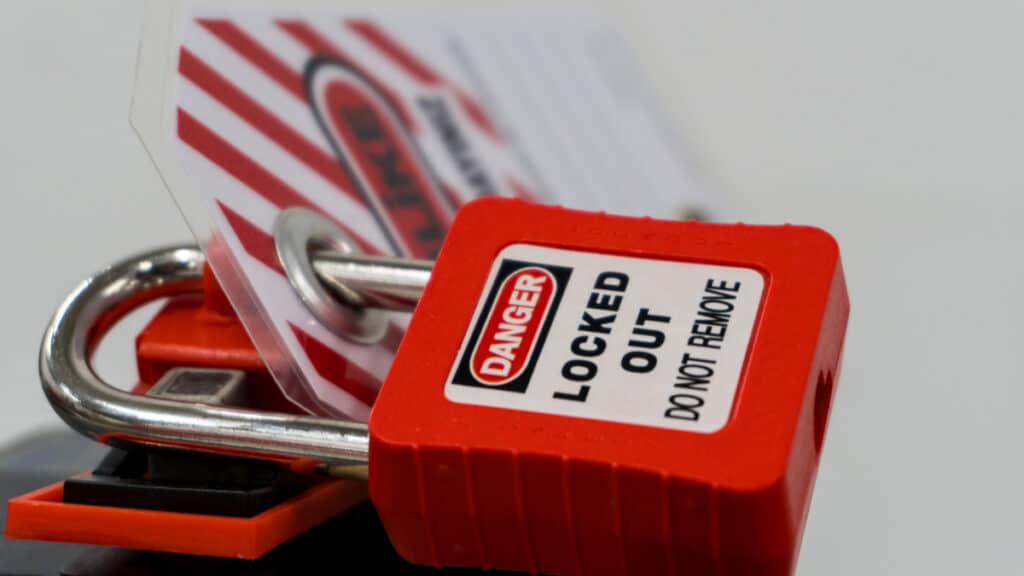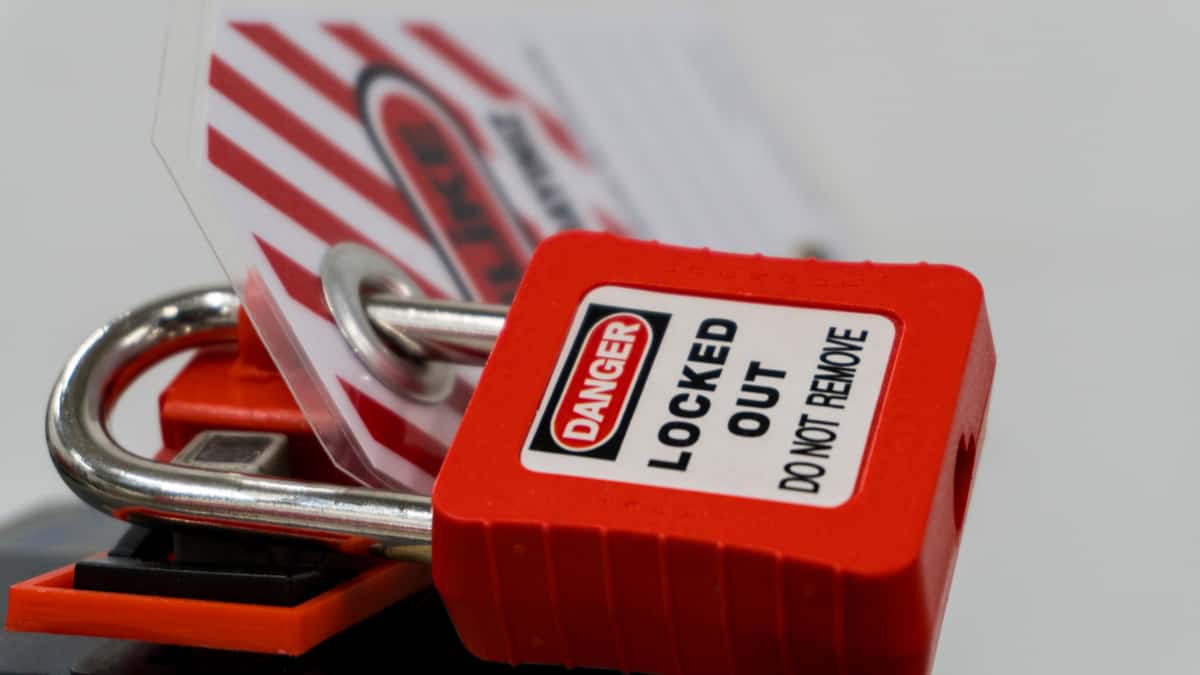
A few years back, I worked in a chemical factory running a piece of equipment. On most days, everything went smoothly and I could easily meet the production quota for whatever mixture I was working on that day. However, on many occasions, my machine would decide it needed attention and would have to go under yellow tag lock-out while down for maintenance. On rare occasions, these maintenance sessions would be extensive and the operator would have to be temporarily reassigned while the equipment was under red tag lock-out.
When production equipment is locked out for appreciable amounts of time, it typically results in orders being shipped out late, but when welding equipment is down for maintenance, the situation can be much worse, as delays may be multiplied. Some issues can be avoided by following a daily welding machine maintenance checklist. To avoid more serious contingencies that can be costly in terms of lost productivity, it is important to adopt and implement a maintenance schedule for your welding machine.
The Good, the Bad, and the Ugly of Maintenance
All electromechanical systems, including welding machines, will require maintenance at some point. Perhaps the day is coming when welding machines will be able to perform their own maintenance and repair, but for now, in order to continue doing the work our welding equipment enables us to do, we must perform “good” preventative maintenance in order to avoid “bad” surprise maintenance and repair.
The Good: Scheduled
The best maintenance is scheduled preventive maintenance. This includes performing a brief daily welding inspection using a checklist to identify potential areas that need attention immediately or will soon. Additionally, routine reviews or overhauls should be done at times, such as in-between jobs, when downtime does not impact welding productivity.
The Bad: Unforeseen
Without daily inspections, it is possible for your welding equipment to deviate from normal operation–for instance, by creating inconsistent welds–until it reaches a point where the repair or replacement of a major component may be required. This type of disruptive maintenance can impact productivity and delivery schedules.
The Ugly: Unavoidable
The least desirable scenario occurs when your equipment unexpectedly breaks down completely and has to be replaced immediately due to project or job requirements. Loss of productivity, unexpected costs, and disappointed customers may all result if this situation occurs.
As the list above demonstrates, a well-planned maintenance schedule for your welding machine can reduce the urgency of any maintenance or repairs needed and ensure that they are performed at the most convenient possible time.
Creating a Maintenance Schedule for a Welding Machine
The overall objective of a maintenance schedule for welding equipment is ultimately to produce high-quality results and avoid weld defects and downtime. This is accomplished by ensuring the equipment is checked regularly and is working properly. This can be achieved by following the guidelines listed below.
The first requirement for an effective maintenance schedule is to know your equipment.
1. Regularly Inspect and Test Major Parts
The first requirement for an effective maintenance schedule is to know your equipment. It is not necessary to understand the purpose of every nut and bolt; however, being aware of the major components and what preventive steps are required to keep them in good working order can help avoid equipment failures and downtime. Orbital welding systems, for instance, typically consist of a weld head, a wire feed device, a power supply, and, in some cases, a coolant system. For advanced systems, a remote control unit that includes power supply controls may also be included. Have your welding system checked and tested regularly by an experienced service technician on an annual basis in addition to routine weekly inspections and monitoring.
2. Know and Assess Risks Routinely
Just because a part is not considered major does not mean its malfunction cannot pose safety risks. Therefore, a welding risk assessment should be an ongoing process and include visual inspections of all weld head and power supply electrical connectors, fittings, and cables, as well as airflow vents.
3. Schedule Minor Preventive Maintenance During Regular Downtime
As preventive maintenance is essential, time should be set aside to perform it. For routine inspections or repairs that can be done onsite and are not time-consuming, regular maintenance can be scheduled when the equipment is not in use. This should be in addition to the daily checks and risk assessments that are done before regular shifts.
4. Optimize Scheduled Major Maintenance
While the best time for major maintenance is between projects, this may not always be possible. Therefore, major maintenance or repairs should be carefully scheduled with the goal of minimizing the effect on productivity. Factors that should be considered include:
- Customer’s project schedule
- Service provider’s turnaround time
- Staffing availability
In some cases, it may be necessary to weigh delaying maintenance against the impact of downtime.
5. Collaborate with Your Equipment and Service Provider
The company that makes and services the welding equipment you use is your best asset in designing a maintenance schedule for your welding machine that keeps your project moving forward. Additionally, your equipment manufacturer should be able to work with you remotely to help you make minor repairs or perform basic maintenance on your own. This makes it possible to avoid extended downtime and costly shipping of welding equipment.
Arc Machines, Inc. specializes in high-quality, precision GTAW orbital welding equipment. In addition to the best equipment in the industry, we provide unmatched service and support in order to help you achieve the best performance throughout your machine’s operational lifetime. For service inquiries, contact service@arcmachines.com. For inquiries regarding products, contact sales@arcmachines.com. Arc Machines welcomes the opportunity to discuss your specific needs. Contact us to arrange a meeting.





